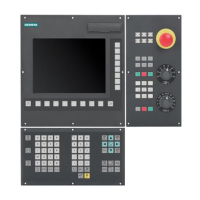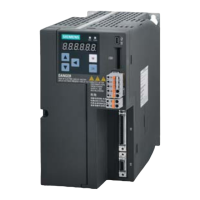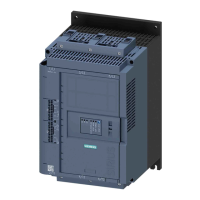S5-95U, SINEC L2 Integral Standard Function Blocks L2-SEND and L2-RECEIVE
5 Integral Standard Function Blocks L2-SEND and
L2-RECEIVE
The L2-SEND (FB252) and L2-RECEIVE (FB253) standard function blocks are already integrated in
the S5-95U operating system.
FB L2-SEND transports information from the control processor of the S5-95U to the
communications processor of the S5-95U.
FB L2-RECEIVE transports information from the communications processor of the S5-95U to the
control processor of the S5-95U ( section 5.1).
Figure 5-1. Information Transport with the L2-SEND and L2-RECEIVE Function Blocks
S5-95U
LAN bus
Control processor Communications
processor
SINEC L2
interface
.
..
..
..
..
.
a
a
a
a
a
a
a
a
a
a
a
a
a
a
a
a
a
a
a
a
a
a
a
a
a
a
a
a
a
a
a
a
a
a
a
a
a
a
a
a
a
a
a
a
a
a
a
a
L2-RECEIVE
a
a
a
a
a
a
a
a
a
a
a
a
a
a
a
a
a
a
a
a
a
a
a
a
a
a
a
a
a
a
a
a
a
a
a
a
a
a
a
L2-SEND
The standard function blocks manage the following communications ( Figure 5-1) services:
• Transmitting and receiving by means of PLC to PLC connections ( chapter 6)
• Service functions and diagnostic functions with FMA services ( chapter 3)
• Fetching the ZP slave life list with cyclic I/O ( chapter 7)
• Transmitting and receiving via layer 2 access ( chapter 8)
Standard function blocks offer you the following advantages:
• They do not occupy any memory locations in the user memory.
• They have short run times.
• They do not require any STEP 5 timers or STEP 5 counters.
• Their processing cannot be interrupted (e.g., by interrupts).
• They can be called up from any other block (OB, PB, FB, SB).
Cycle delay times in the programmable controllers caused by standard function blocks are
described in Appendix E.
EWA 4NEB 812 6112-02
5-1

